Bluebell season
This is definitely one of my favourite times of the year when the bluebells are out, there’s greenery everywhere and there’s no doubt at all that the Earth is coming back to life.
There seem to have been so many of them around this year too!
I love that first haze of blue as the flowers begin to open.

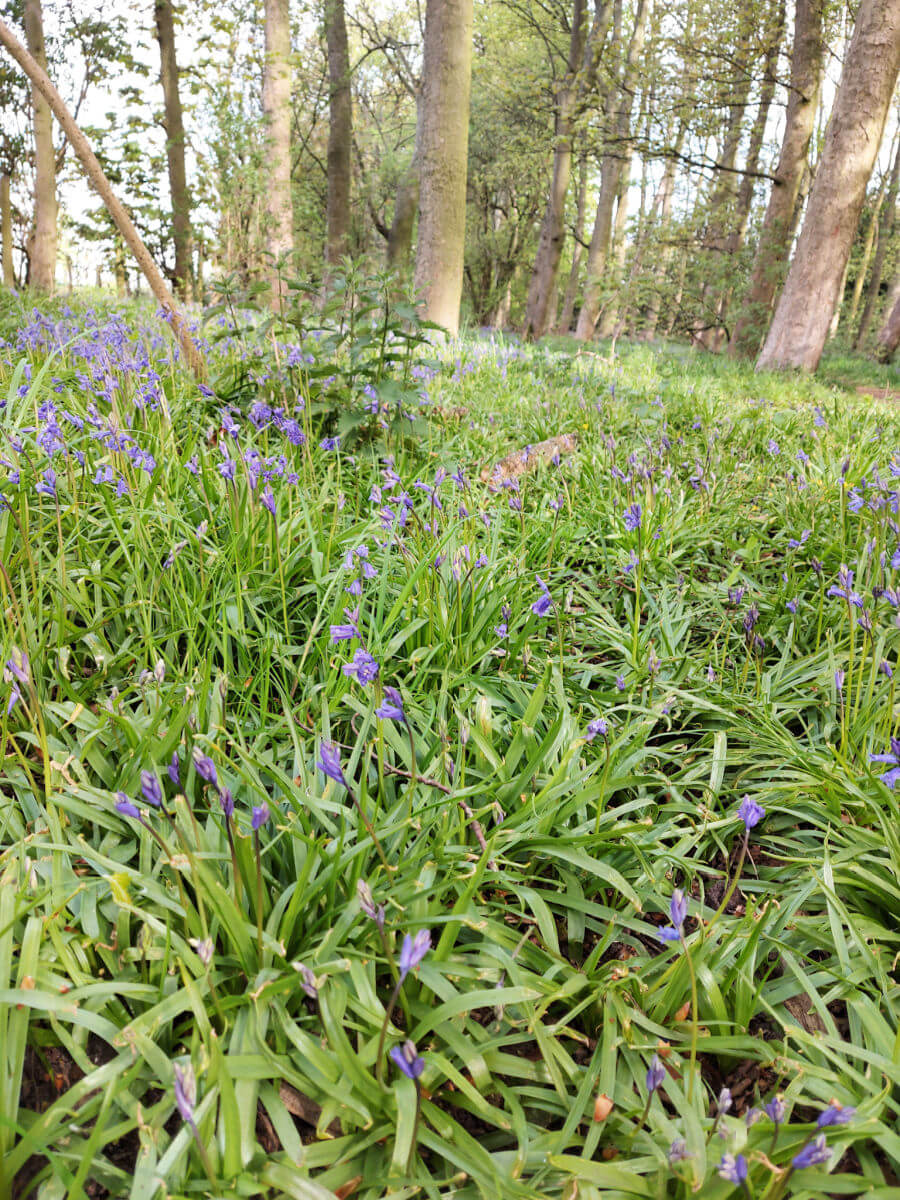
And even within a week, there are more and more of them …

And the scent of them, it’s fabulous! My sense of smell has diminished over the last few years to the point that it has to be a certain type of smell for me to notice it (nothing at all Covid-related, I’ve decided I’ve squashed something in my nose by wearing my reading glasses on the end of it for years – definitely not a medical opinion! 🙂 ) but even I am bowled over by the scent as soon as I step into the woods.

The bluebells in these woods are native British ones (Hyacinthoides non-scripta) and I have some of them in my garden too. The leaves are narrow, the flowers are a deep violet blue and the tips of the flowers curl back.

I’ve also got plenty of these too …

These are Spanish bluebells, a more vigorous variety which are taking over some of the native habits in the wild and are also hybridising with the native bluebells. I have to say, I hadn’t really noticed that there was much difference between the numbers of each that I had in my garden, but this year I did. The native ones in the top picture are pretty much the only ones I could find whereas I’ve got plenty of the others.

You can spot the Spanish bluebells as their leaves are broader, their flowers are paler blue and often white or pink as well, and they don’t have a smell like the native ones do. This website has a good description of the differences if you want to check for yourself.
If I’m honest, it wasn’t until I was putting the photos together for this blog post that I really stopped to look at the bluebells in the photos, and I realised that not only do I have the Spanish bluebells in my garden, but they were here in these woods too.
They look so pretty all together, don’t they?


But there are very definitely white, pink and bluebells here in these woods which means that they’re not the native variety.


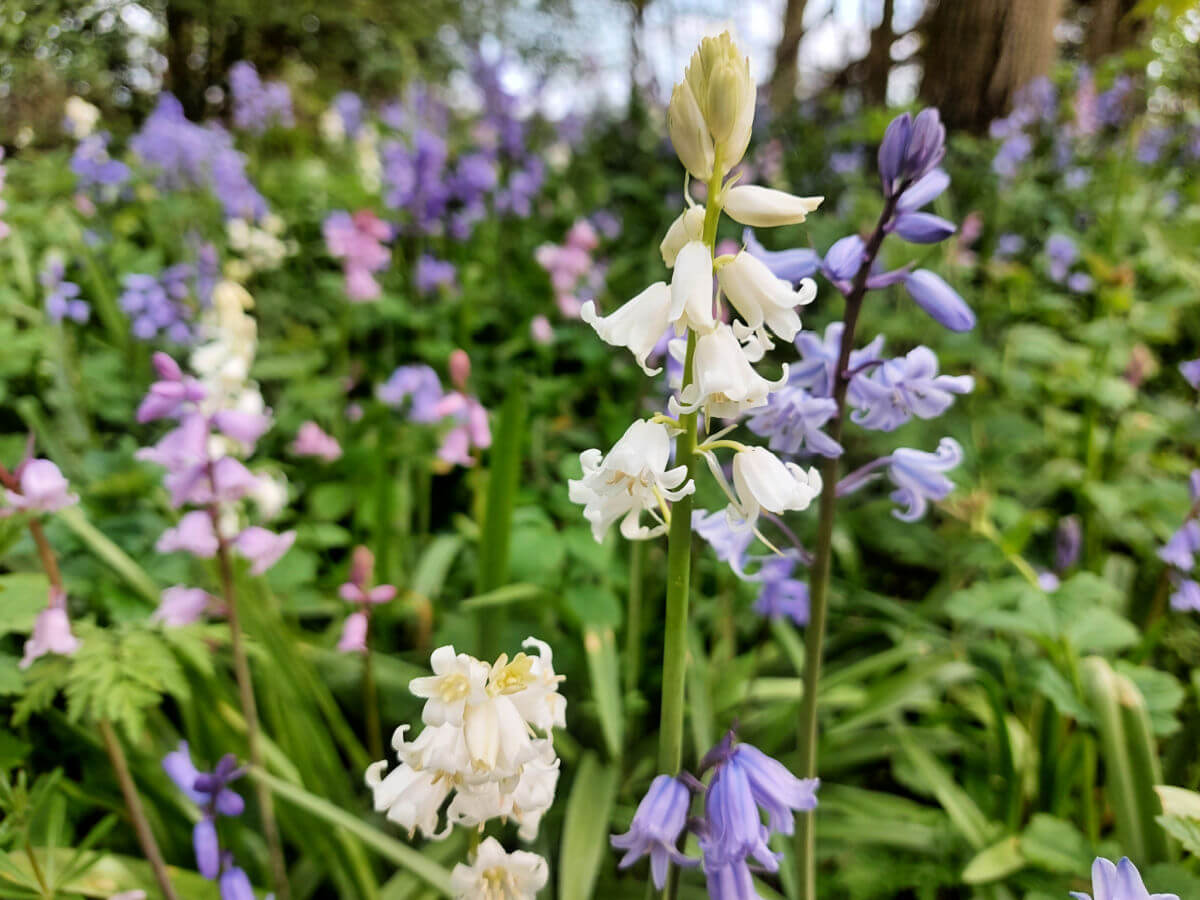
It’s a bit sad now that I know as there will have been masses of native bluebells here once and now they’re gone, but I guess this is how Nature is. The custodians of the woods will need to take a view as to whether they want to leave them or try to encourage the original bluebells back – and of course that all take resources and effort that isn’t always available.
It’s made me think that once the Spanish bluebells in my garden have finished flowering, I’m going to dig the bulbs up. They’ve really spread in the borders so I don’t mind the idea of thinning them out anyway, but I would like to encourage my little patch of native ones to recover. It would be a shame to think that they might disappear completely, and it would be lovely to have enough of them to produce a scent that even I can smell!










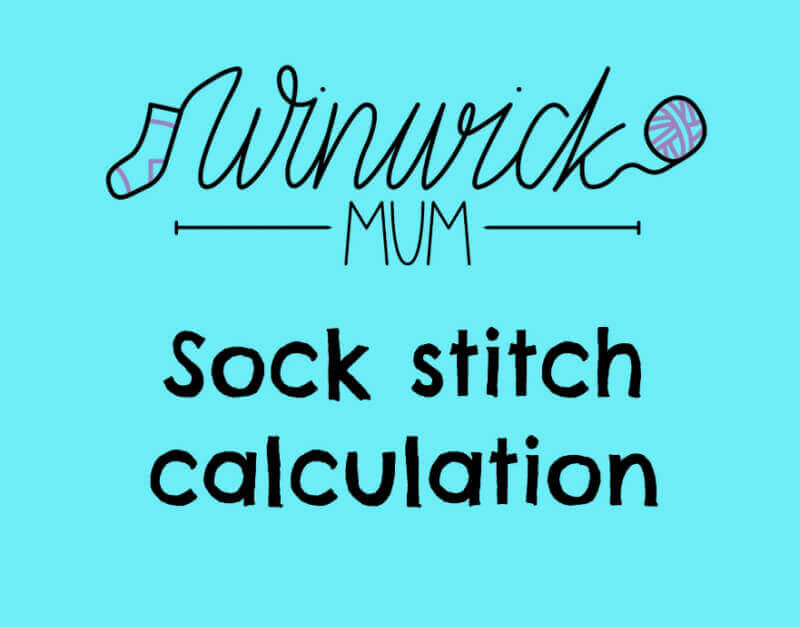


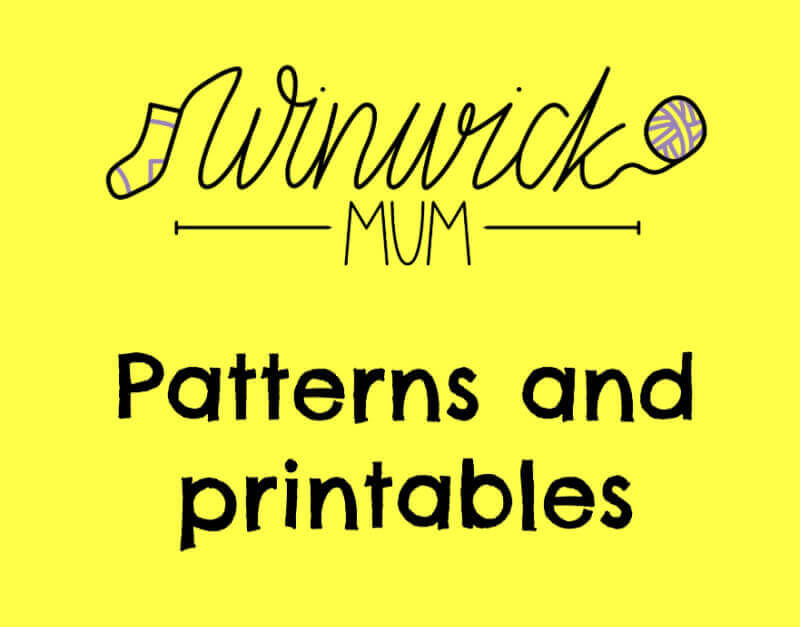
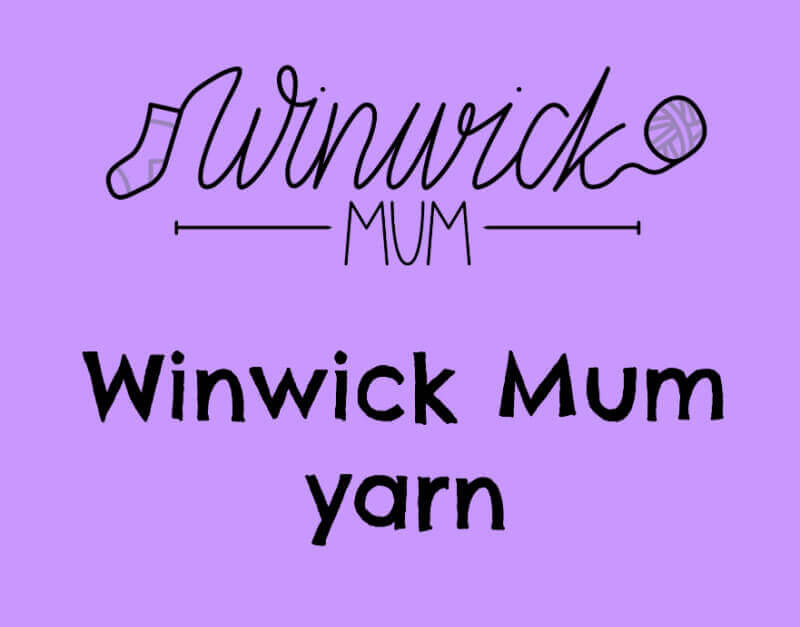








Lovely blog. I didn’t realise there were so many different types of bluebells.
Bluebells are my absolute favourite spring flower along with Lilly of the Valley. For me the smell transports my back to my childhood and a neighbours garden which was just a carpet of bluebells. I remember picking armfulls of them to take home and being wrapped in that wonderful scent.
I have tried to find bluebell coloured wool but it's never quite the right shade
I have lots of spanish bluebells in my garden. About 50 years ago my mum planted a few bulbs and now they are in every boarder and even in the front garden.
I walked with a friend at a wild life reserve last week and the scent was wonderful as well as the sight of so many bluebells. We've had one come up in the garden I will have to inspect it and see if it is English or Spanish!
Beautiful photos – sadly the Spanish ones have overtaken our native ones locally and we have a garden overrun with them – we dig them up every year and every year more reappear! Very pretty but such a nuisance for everything else and the smother all our more dainty bulbs. Downpour after downpour here this weekend – more early April and cold than mid May! Perfect for knitting and catching up with the knitting magazines!
I do like your bluebell photos. The different colours, and how they’re opening up, has been the discussion topic for me and my friend, Sue, on our weekly walk.
I wish I could post a photo of our bluebells, they’re vast.
I love your blogs and I love bluebells. I will have to look to see which sort mine are in the garden.🤔 Started knitting your socks on small circular needle. Getting used to it now as felt very strange to begin with X
Lovely photos of a lovely flower. I didn't realise there was more than one species of bluebell. I learn something new every day 🙂
that's sad & lovely at the same time, there are so many places around the world where we have lost native species due to introduced ones taking over & birds & other animals as well as people spreading them; doesn't only affect the fauna but also the native insects.
hope you are able to revive the native bluebells in your garden
thanx for sharing